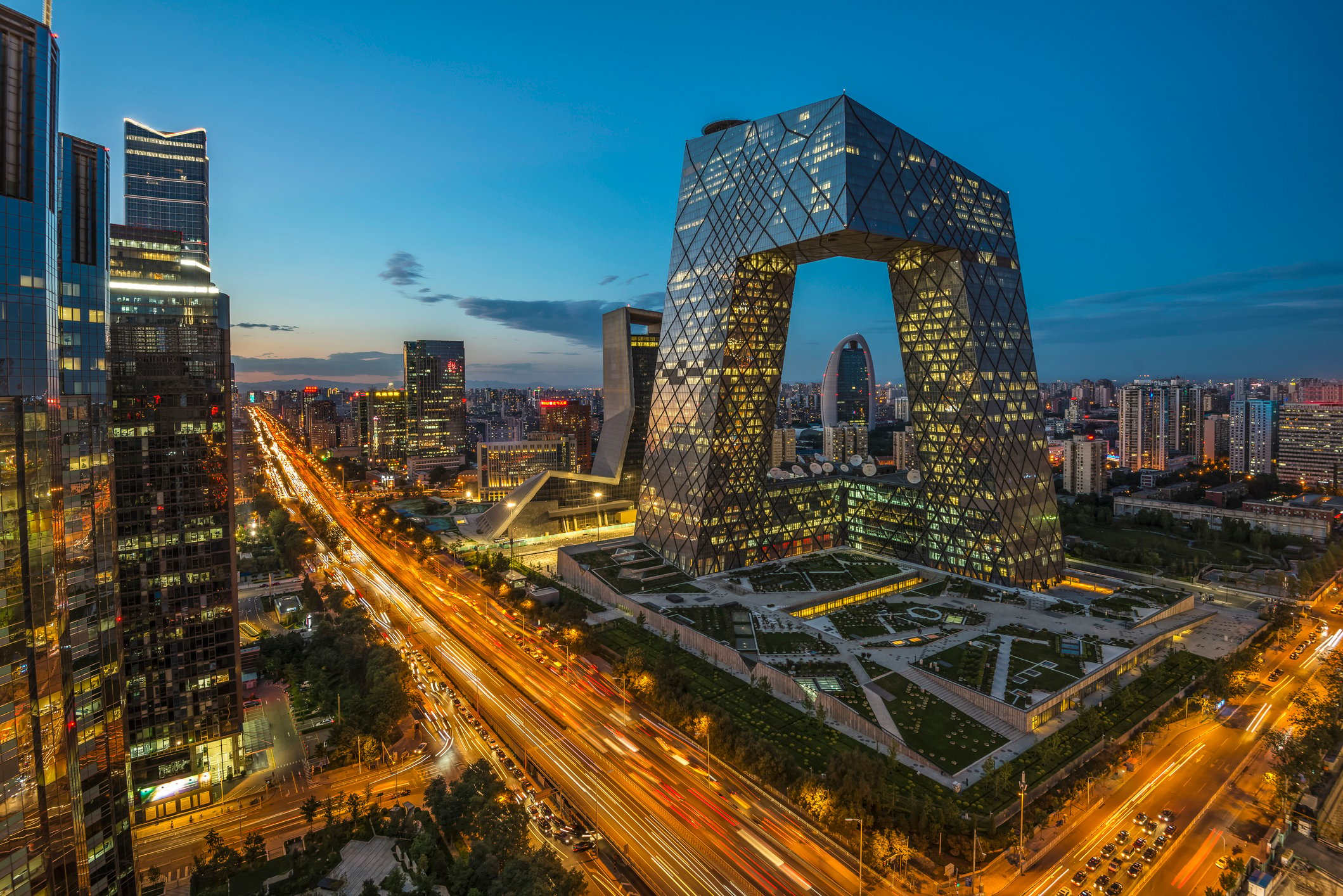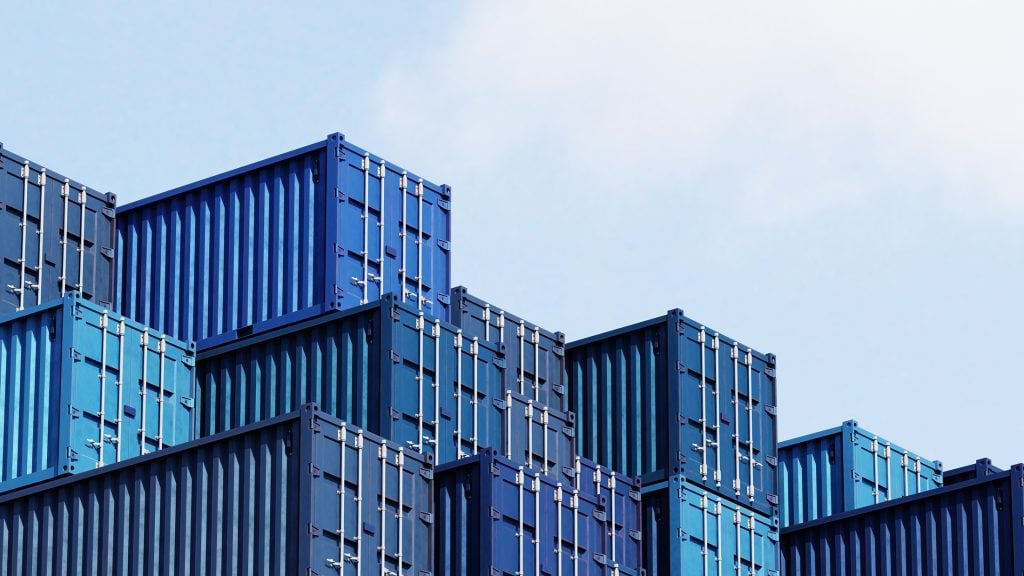How Chinese capital is engaging with Europe's changing priorities

As China's global economic influence deepens, its investment approach in Europe is gradually transforming, becoming more targeted, diversified, and strategic. Once focused on opportunistic acquisitions, today's Chinese investment strategy in Europe reflects a more sophisticated alignment with long-term industrial goals, technological collaboration, and logistical efficiency.
HLB's Chief Growth Officer, Coco Ke Liu, recently spoke with HLB legal experts Simonetta Andrioli from Limatola Avvocati, HLB Italy, Aneta Majchrowicz - Bączyk, getsix® Tax&Legal, HLB Poland, and Juan Ignacio Fernandez Torres, Sayma, HLB Spain. Together, they shared insights on how Chinese capital is engaging with Europe's changing priorities in sectors such as energy, fashion, and logistics.
Chinese presence is evolving
Despite a slight decline in figures compared to 2023, Chinese outbound investment into Europe continues to demonstrate resilience, particularly in strategic sectors.
According to Simonetta Andrioli, the current trend is marked by strong interest in high-tech industries, renewable energy, and green technologies, including electric vehicles.
"We've seen a clear pivot," she said. "Chinese investment is increasingly coming from private companies and directed toward greenfield projects. These are far more desirable for European markets because they are capable of generating local jobs, tax revenue, and long-term value that stays within the region."
This trend aligns with the EU's broader decarbonisation and green energy transition goals. China's investors appear to be adapting to the EU's growing body of regulations designed to monitor and screen foreign direct investment aimed at protecting a “national economic security” —rules that have become more stringent in recent years.
"Financial investments still account for the majority of Chinese capital flows into Europe," said Andrioli, "but we're also seeing growing attention in the retail and wholesale sectors, where Chinese investors are increasingly active."
Spain: Logistics hub and green synergies
Speaking at the HLB's expert panel, Juan Ignacio Fernandez Torres of Sayma HLB in Spain noted that although Chinese capital flows have slowed, the nature of these investments is shifting — and perhaps for the better.
"We've seen a steady decline in investments from China, but it hasn't been too big a decline. What we've seen is that despite this, Chinese investments are sector-specific, especially in the greenfield sector. I would also add R&D, which is very related to greenfield and manufacturing," said Fernandez Torres.
For Chinese investors, Spain has a triple role: as a gateway to the EU, to Africa, and to Latin America, thanks to geographic positioning and shared language ties.
This global connectivity is already shaping investment flows. "China has acquired and modernised several ports in Spain, along with major logistics hubs," Fernandez Torres said. "It's one of the sectors where Spanish Chinese partnerships can really flourish."
However, the relationship doesn't stop at shipping containers. Spain's push into renewables offers fertile ground for collaboration, particularly in solar. "China leads in solar panel manufacturing. Spain has the sun and a strong track record in renewables," he added.
Looking ahead, Fernandez Torres sees promise in hydrogen energy, where Spain's R&D investment meets China's industrial might. "It's an area where China is eager to grow, and Spain has the know-how," he noted.
Italy: Navigating fashion, e-commerce, and sustainability
The luxury industry is facing a challenging environment due to inflation, changing consumer behaviour, and regional disparities from global trade shifts.
Despite these difficulties, investments and partnerships in the sector continue. For example, Chinese investors are playing a larger role in European luxury brands like Ferragamo or the LVMH Group, where the partnership with Alibaba Group aims to enhance luxury experiences in Asia through AI and innovation.
Access to the Asian market remains essential for European luxury brands, but Chinese companies seeking to enter Europe must overcome several obstacles. These include aligning with European heritage and quality standards and complying with strict EU regulations on product safety, sustainability, and intellectual property.
Sustainability is a major concern for European consumers, whose expectations in this area are very high; Chinese brands like Ant Sports or Li Ning are increasingly adopting eco-friendly practices. Using recycled materials and sustainable manufacturing, these brands are better positioned for success in both the Chinese and international markets, especially as demand for transparency, transparent supply chains and green practices grows.
Poland and Eastern Europe: Infrastructure and proximity
When China launched the Belt and Road Initiative (BRI) in 2013, it was poised to reshape global trade. Today, its impact is particularly evident in Poland and Central and Eastern Europe. Once sceptical, Poland is now emerging as a key player in the BRI, benefiting from accelerated logistics and increased Chinese investment.
"Shipping goods from China to Europe by sea traditionally took around 40 days. However, thanks to the BRI, rail transportation has reduced this time to about 20 days, thus significantly speeding up the supply chain. This has improved efficiency and logistics across Europe, with Poland acting as a central hub, "Majchrowicz-Bączyk explained. Ports like Gdansk Gdynia are becoming key logistics centres, with Chinese investors like Hutchinson running container terminals. BRI has made it possible to integrate European supply chains with Asian ones, thereby increasing their flexibility and efficiency. Faster and more reliable rail links and the development of seaports have allowed for a smoother exchange of goods and reduced logistics costs.
But Poland has bigger ambitions than just being a transit point. The country aims to attract investment, tapping into its highly skilled workforce to grow its tech and manufacturing sectors.
Beyond trade, Poland hopes to cultivate direct partnerships, especially with Germany, where Chinese technology and investment are making a mark. In the automotive industry, Polish suppliers now source parts from China via Gdansk, sending them onward to Germany, making the supply chain more efficient.
Strategic realignment
Across Spain, Italy, Poland, and beyond, China's investment presence in Europe is evolving—from transactional interest to long-term strategic engagement. Opportunities exist in renewable energy, luxury branding, logistics, real estate, and green development. However, success hinges on alignment with European regulations, sustainability values, and consumer expectations.
Europe, in turn, must strike a balance between welcoming capital and safeguarding strategic autonomy. Legal, cultural, and environmental considerations must all be part of the equation. As Chinese investors become more sophisticated and Europe recalibrates its economic strategy, mutual success will depend on collaboration grounded in trust, transparency, and shared ambition.
Related content






